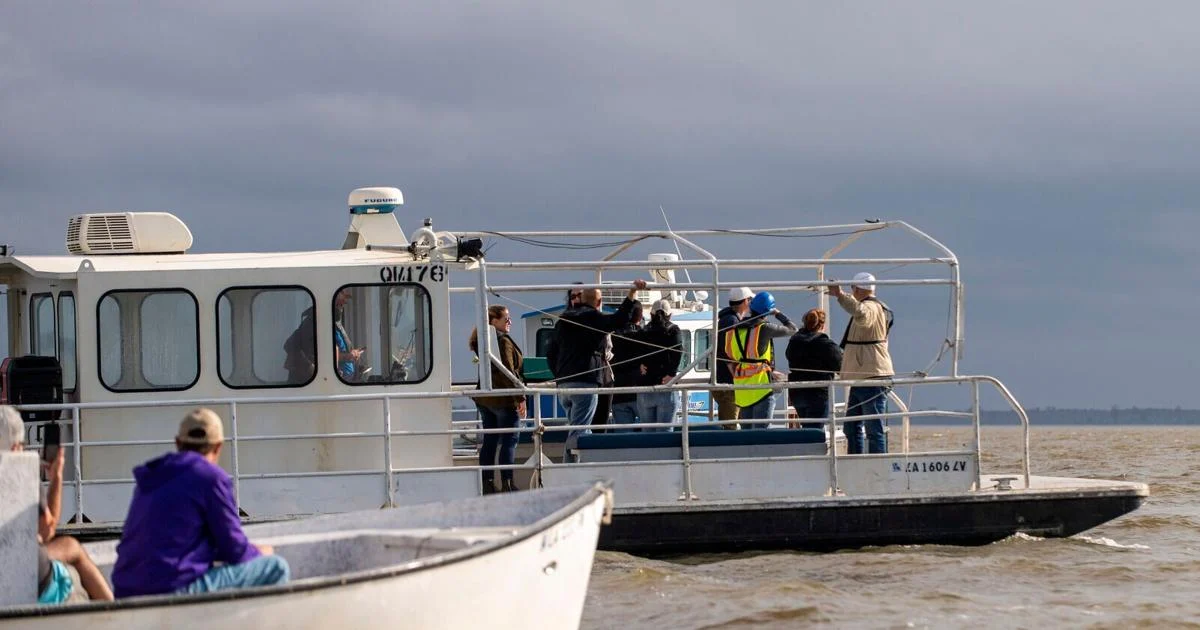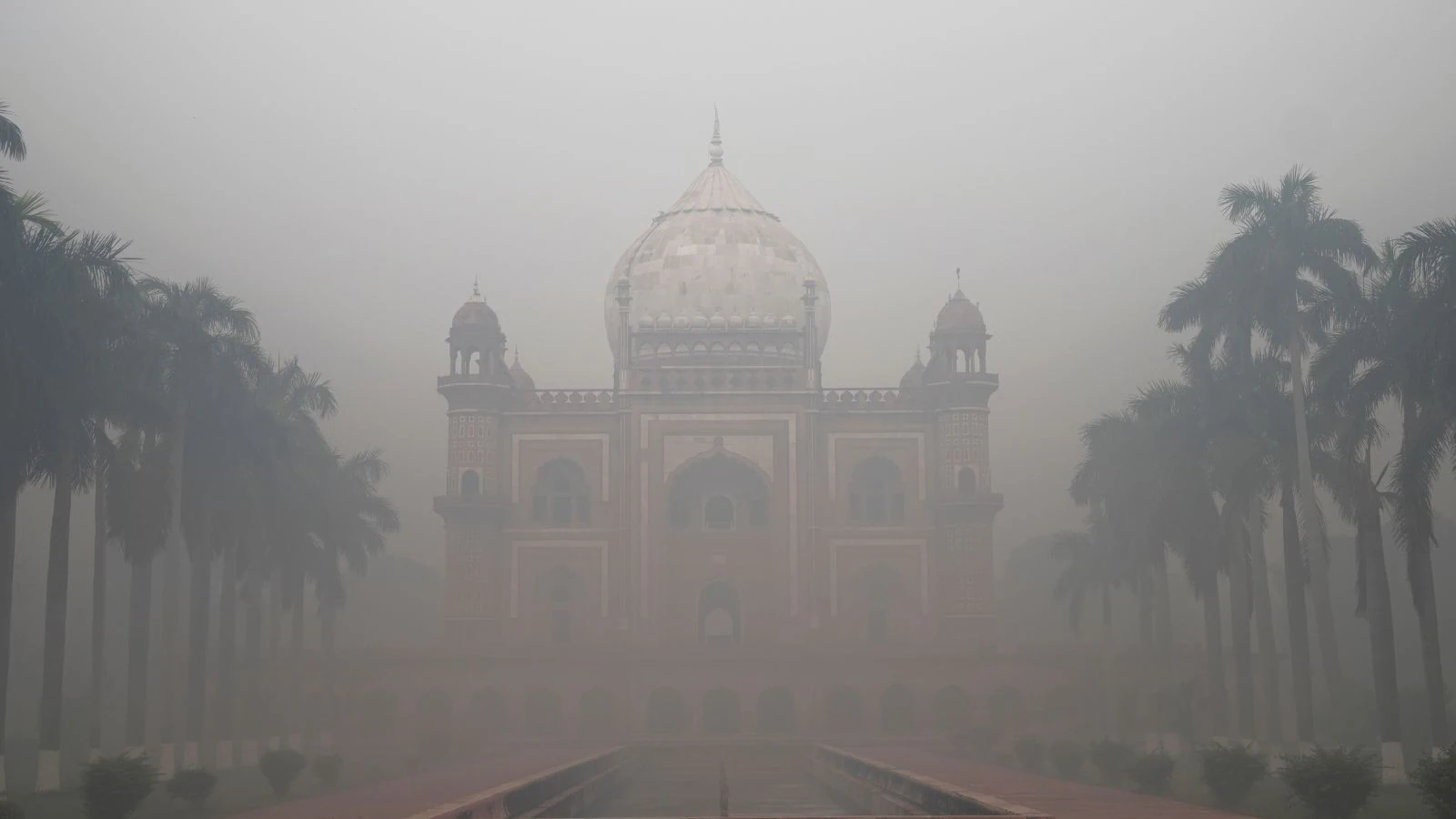Copyright Baton Rouge Advocate

A wide-ranging mix of residents, environmental advocates and local elected officials spent nearly four hours airing their concerns this week over plans to build a blue hydrogen and ammonia plant in Ascension Parish that will use carbon capture technology to store C02 deep under Lake Maurepas. The public hearing in LaPlace was the latest opportunity for opponents of the project to make their voices heard. The company behind the plan, Air Products, again defended it as an important economic development project that will safely remove climate-warming carbon dioxide from the atmosphere with little disruption to the lake. The unlikely coalition of opponents at the hearing included a veteran with two-century-old roots in Livingston Parish who cherishes the tranquility of Lake Maurepas and its swamps, crabbers worried about the potential for damaged marine life and environmental justice advocates who see residents again bearing the brunt of the impacts in the name of economic development and tax revenue. With as much as 138 million tons of CO2 expected to be pumped underground over 25 years, Air Products' storage site under Lake Maurepas would be the largest in the world, the company says. The permanent storage will allow Air Products to make low-carbon hydrogen and ammonia. Discussed since late 2021, the $4.5 billion project has spawned multiple public displays of concern, unsuccessful attempts by local legislators to block it, and non-binding expressions of opposition from local councils in Livingston and St. John the Baptist parishes. More than 250 people showed up to a local church in LaPlace on Tuesday night to speak to officials from the U.S. Army Corps of Engineers and the Louisiana Department of Conservation and Energy. The agencies are considering permits to allow Air Products to run a 38-mile carbon dioxide pipeline and other lines from its proposed Mississippi River complex to Maurepas. The company would build a network of carbon injection and monitoring wells along with control platforms visible across the lake's surface. Opposition centered around a number of issues: potential leaks of highly concentrated CO2 from pipelines at risk of corrosion, federal taxpayer support for the project, the impact of dredging of potentially contaminated sediments, questions about whether the storage will prevent as many emissions as predicted, damage to wetlands, and, perhaps at the center of it all, a near-universal appreciation for Lake Maurepas. Albert Ken Davidson, 71, a 38-year veteran of the U.S. Army and Springfield native, said he grew up on land a half-mile from the lake that his family settled in 1805. It's where he lives with other generations of his family. "I've been all over the world. Seen some ugly places, seen beautiful places, none more beautiful than that lake," he said. "And it would be a shame if my children, their children, and their children couldn't see it the way our ancestors did years ago." Facing concerns like that, a handful of Republican Livingston and Tangipahoa parish legislators and local officials joined with left-leaning environmental advocates to call for the Corps to conduct a full environmental impact statement. A few called for an even deeper look, known as a programmatic environmental impact statement, to consider not just Air Products' plans but also the cumulative impact of carbon capture proposals popping up in the state and their often dispersed pieces taken together, from production plant to CO2 transport pipeline to underground storage site. 'Failed as a community' State Sen. Bill Wheat, R-Ponchatoula, told the officials near the end of the lengthy hearing with 54 speakers that the federal agency was the last hope of his constituents who have consistently and broadly opposed Air Products' plans. "Folks, the people that I represent are not here asking for a lot. They're just asking for a future to be like the past of Lake Maurepas. They want to see that legacy of the livelihoods of their families protected," Wheat said. "We've been failed as a community, to have the state listen to our concerns, up to this point." Corps of Engineers officials couldn't comment on the request Wednesday with the permit process just starting. Under Corps rules, the review starts out as a less detailed, typically one-year-long environmental assessment unless the agency findings bump it up to a longer and more detailed EIS. If the Corps did proceed with the EIS, it would mean two years of review and potentially another delay for a project that has already been pushed back to a 2028 or 2029 start, at the earliest, due to financial concerns, according to reports. In late April, Air Products' new CEO said that the company was trying to "de-risk" by selling off the ammonia and carbon capture portions of the project now seeking state and federal blessing and to continue finding buyers for its products. Andrew Connolly, an Air Products vice president, told Corps officials that the Louisiana Clean Energy Complex will make the state a global leader in clean hydrogen, a key industrial feedstock, while the storage operation will capture 95% of its CO2 emissions. "This will dramatically reduce our work's potential impact on the environment and the surrounding community, while creating markets for our clean Louisiana products and creating and supporting local jobs," he said. The project would create 2,000 construction jobs, up to 200 permanent jobs and $1.3 billion in local tax revenue over its lifespan, Connolly said, citing a recent economic analysis. 'Safely operate' In addition to sales and property tax revenue going primarily to Ascension Parish and the state, Louisiana and Livingston, St. John and Tangipahoa parishes would also share in up to $160 million in injection payments over the project's life because CO2 is being sent under state water bottoms. But, the line to deliver that CO2 to Maurepas would run past a public elementary school and neighborhood in Sorrento, near the tip of a hurricane protection levee still under construction, near a planned sediment diversion for wetland restoration and through the Maurepas Wildlife Management Area. The company would also run a 19-mile natural gas line mostly in the last leg of the CO2 line route to power lake operations and also a two-mile hydrogen line onshore. Construction will require extensive digging, underwater dredging and the destruction of 362 acres of wetlands, Corps papers say. Nearly 90% will be high-value, coastal cypress and tupelo swamps that advocates noted the wildlife management area and broader state efforts have fought for years to protect and restore in the face of degradation due to rising sea levels and salinity. Connolly said Air Products has taken steps to minimize the impact by, for example, using existing utility routes and co-locating its various pipelines. The company also plans to rehabilitate more than 800 acres of wetlands north of the lake near the Joyce Wildlife Management Area and has planted 6,000 cypress trees and plans to plant more. He added that the company has an unsurpassed safety record with industrial gases and is working with Ascension emergency officials and others to set up detailed safety procedures for workers and the public. Connolly said the company was confident "in our ability to safely operate under these permits," though environmental advocates pointed out Air Products is seeking to sell off the carbon capture piece of the project.



